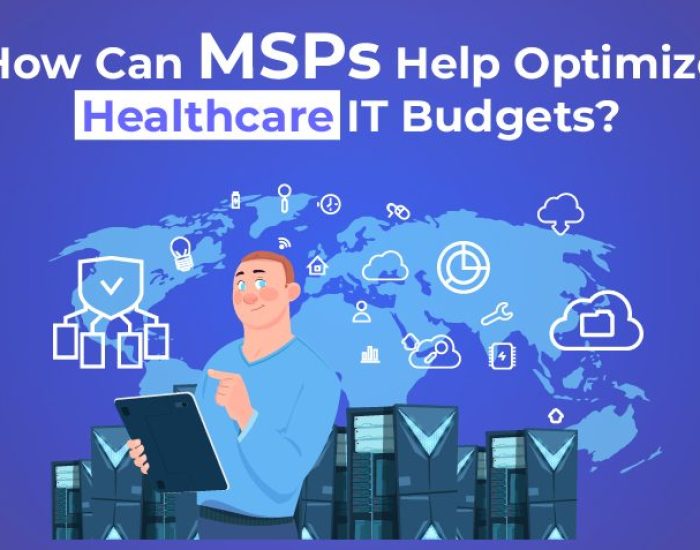How to Successfully Migrate to the Cloud
The global cloud computing market is poised for remarkable growth, projected to reach USD 545.8 billion in 2022 and an astounding USD 1.2 trillion by 2027, with a remarkable compound annual growth rate (CAGR) of 17.9 percent. This exponential expansion is driven by the pursuit of enhanced client experiences, a drive for cost savings and improved return on investment, and the widespread adoption of remote work cultures.
Successfully migrating to the cloud is far from a simple plug-and-play solution. It presents its unique set of challenges, requiring meticulous planning, cost estimation, security considerations, and strategic skill-building. In navigating this complex landscape, a comprehensive cloud migration strategy becomes essential. This guide outlines 4 key steps and considerations to overcome challenges and ensure a successful transition to the cloud.
1. Decide on Your Cloud-Based Business Model
The initial step in your cloud migration journey involves defining your cloud-based business model. Understanding the nuances between Infrastructure as a Service (IaaS), Platform as a Service (PaaS), and Software as a Service (SaaS) is crucial. Each model offers unique advantages, and your choice will significantly influence the foundation of your cloud infrastructure. Consider pay-as-you-go and hybrid models for effective monetization.
2. Define Your Migration Strategy
Choosing the right migration strategy is crucial. Whether it’s rehosting, refactoring, revising, rebuilding, replacing, or retiring, each strategy comes with its benefits and considerations. Techstack’s cloud-first solution for solar energy production exemplifies the importance of aligning your strategy with specific business goals. The decision to optimize applications for the cloud (refactor) or to entirely rebuild them can significantly impact long-term success.
3. Estimate Costs
Cost estimation is another critical aspect of cloud migration planning. Analyze current on-premises expense, evaluate performance metrics, and compare on-premises and cloud costs. A detailed financial plan will help you navigate recurring cloud expenses and ensure a sustainable budget. Consider the pay-as-you-go model in cloud services to further optimize costs.
4. Choose Cloud Type and Deployment
The next phase involves considering the target environment that best aligns with your future business requirements. You have three primary options: private cloud, public cloud, and hybrid cloud.
- Private Cloud: A scaled-down cloud environment constructed and managed within an existing data center architecture. This option demands significant financial and technological investment but offers complete control over data and workloads.
- Public Cloud: A commercial utility computing service provided by third-party vendors. Public clouds offer a broad array of services, vast scalability, and a global reach, typically on a pay-per-use model.
- Hybrid Cloud: Combines the advantages of both private and public clouds, offering control, flexibility, and scalability. This approach, however, requires significant investment in both money and dedication.
Choosing the deployment type is a critical decision, with options including hybrid, multi-cloud, and single-cloud deployments.
 5. Design the Architecture
5. Design the Architecture
Architecting your cloud environment is a critical step. Whether it involves simple rehosting or a complex, distributed workload, your architecture should align with your business objectives. Consider dependencies and conduct thorough testing to ensure a robust and reliable solution.
6. Define and Run Migration Steps
Craft a detailed migration plan that outlines every step of the process. The importance of meticulous planning and proof-of-concept projects cannot be overstated. Test and validate the migration process in advance to identify and address potential issues proactively.
Main Benefits of Cloud Migration
Cloud migration offers numerous benefits, including flexibility and scalability, cost optimization, enhanced performance, improved security, and compliance with regulatory norms.
Conclusion
Cloud migration is a transformative journey that requires careful planning and execution. By following this comprehensive guide and learning from industry leaders, organizations can navigate the complexities of cloud migration successfully.
Succeed in Cloud Migration with Protected Harbor
Protected Harbor, a leading MSP and IT services company, offers extensive experience in cloud and DevOps services. Leverage our expertise to ensure a smooth transition for your business. Our engineers’ proficiency in creating complex cloud-first solutions and migrating to microservices positions us as a reliable partner for your cloud migration journey. Book a free Cloud migration consultation today!






